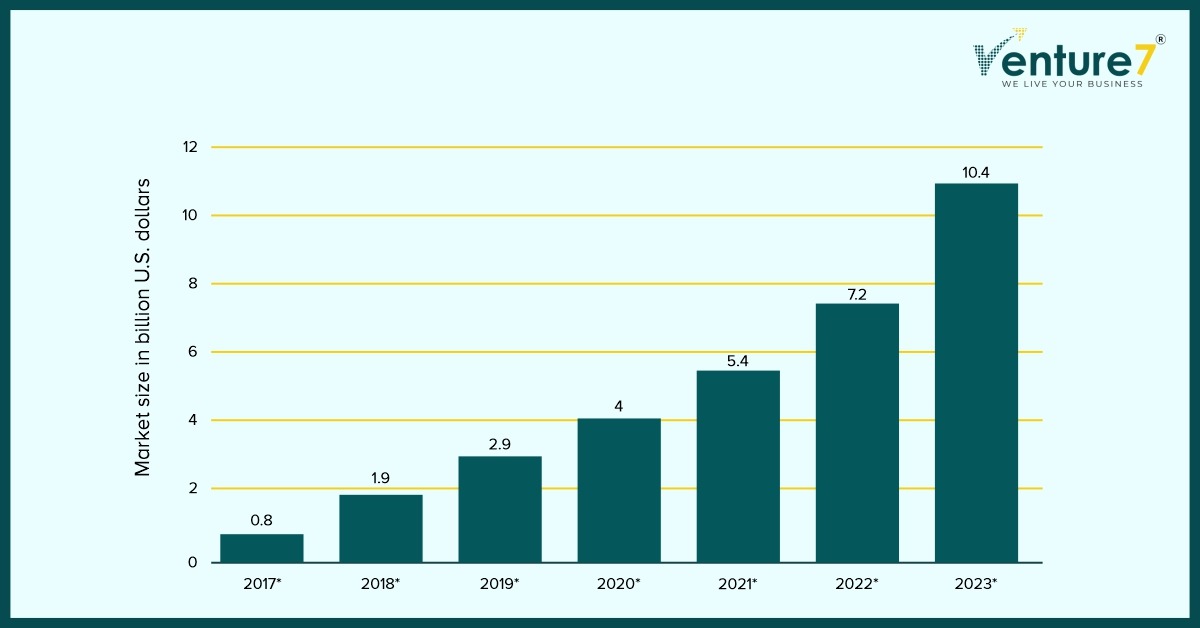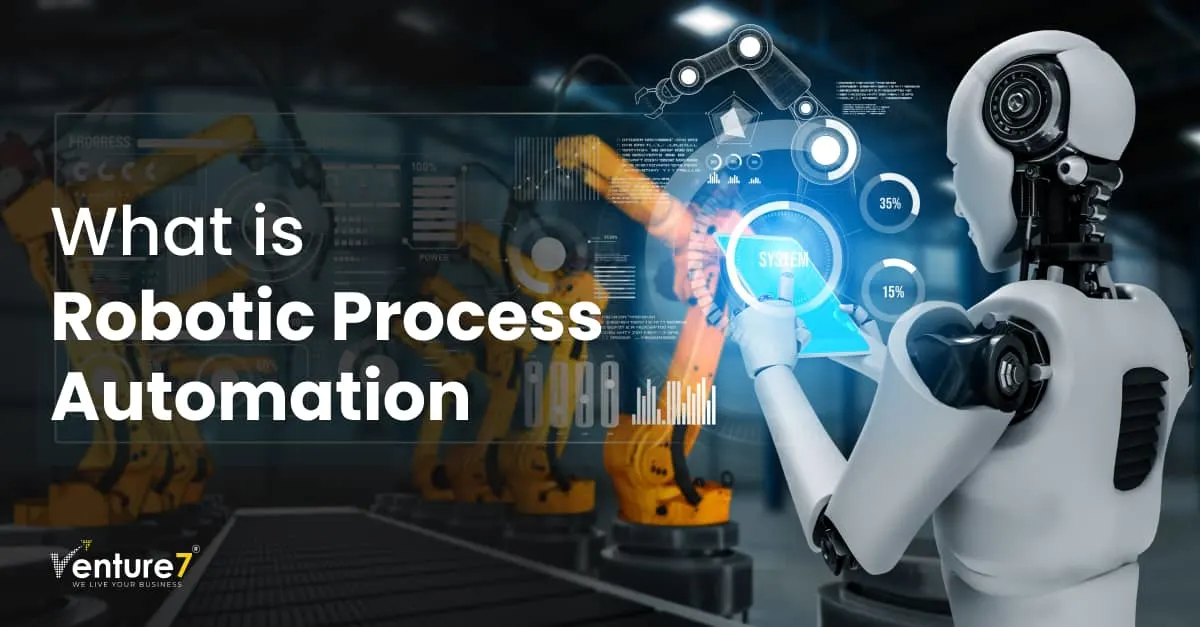During the 1990s, many companies adopted business process reengineering as a popular way to revolutionize their end-to-end business processes, using emerging technologies such as enterprise resource planning (ERP) systems and the internet. For instance, they implemented large-scale ERP systems like SAP or Oracle to facilitate data exchange and create a strong IT infrastructure.
Process management involves incremental changes to local processes. Lean and Six Sigma were used for repetitive processes, and Agile Lean Startup methods were used for development, all without technology assistance.
The technologies that facilitated reengineering in the 1990s were mainly transactional and communication-based. These technologies allowed for efficient data capture and transfer within and between organizations.
The Comeback of RPA
The concept of business process reengineering is experiencing a resurgence, now propelled by artificial intelligence (AI) and RPA.
Robotic process automation (RPA) helps structure the workflow and automate information-intensive back-office processes.
According to Statista, the global RPA market is projected to hit $10.4 billion by 2023, with a compound annual growth rate (CAGR) of 29.1% from 2019 to 2023. This indicates a sustained interest among organizations in adopting RPA as part of their digital transformation strategies.

What is Robotic Process Automation?
Robotic process automation (RPA) is all about automating repetitive tasks by following logical processes without human intervention. In simple terms, RPA is like software that takes over manual work and executes actions efficiently.
RPA is like having a digital assistant at work. It uses special software robots to do tasks just like a human would. You tell these robots what to do by giving them a set of rules. They can process data, handle transactions, talk to other computer systems, and more, following your rules.
It can complete forms step by step, download reports, automatically save files each time you make changes, initiate responses, and perform repetitive tasks like you would.
Healthcare startups can utilize it for prior authorization, updating patient records, and billing.
You might believe that using such a tool requires special expertise. However, it’s wise to have an experienced team in business automation for complex tasks. Many RPA providers offer user-friendly software with easy-to-use features, like drag-and-drop components or ready-made interfaces for creating simple bots.
Business Benefits of Robotic Process Automation
Engaged Workforce
Manual tasks can be tedious and stifling to creativity. Automation helps departments save time and focus on value-added work. This fosters a sense of accomplishment and energizes the workforce. Employees feel more productive and positive, leading to greater engagement.
Higher Accuracy
According to Forrester’s report, 57% say RPA reduces manual errors.
We make mistakes because we are humans, not machines. This means that when we introduce RPA, we anticipate error-free operations, and that’s precisely what we achieve.
RPA strictly adheres to predefined rules, ensuring maximum accuracy and superior quality. While humans may require breaks and lose concentration, robots perform flawlessly and reliably.
Greater Resilience
RPA robots have the remarkable ability to swiftly adapt and scale their operations to accommodate sudden surges in workload and effectively respond to significant increases in demand.
Enhanced Productivity
RPA’s capabilities allow it to perform a multitude of tasks significantly faster than a human employee. This translates to heightened efficiency, reduced processing time for routine activities, and ultimately, faster service delivery and improved internal business process efficiency for companies.
Where Can Robotics Process Automation be used?
Prior to implementing RPA technology, ensure that the processes you intend to automate:
- Involve a substantial volume of work.
- Consistently follow a routine pattern.
- Possess clearly defined inputs and outputs
This implies that RPA finds applicability in various industries and processes. Organizations across sectors, including finance, healthcare, manufacturing, public services, retail, and more, have adopted RPA in functions such as finance, compliance, legal, customer service, operations, and IT, among others. And this is just the beginning.
The extensive adoption of RPA can be attributed to its wide applicability. Virtually any process that is high in volume, follows business rules and is repetitive is an excellent candidate for automation. Furthermore, cognitive processes that demand advanced AI capabilities are increasingly being considered for automation.
Namely, some of the tasks that can be listed are as follows:
- Invoice processing
- Report creation
- Running payroll
- Inventory management
- Data migration
- Recruitment and onboarding
- Underwriting
- Bank reconciliations
- Appointment scheduling
- Handling insurance claims
Digital Transformation with RPA
Not all RPA applications demand extensive coding or intricate integrations. In fact, they can often be established with ease. Nevertheless, it’s important to note that, in many instances, having an experienced team is essential. Most companies opt to collaborate with a software development partner who can offer the expertise and guidance that may be lacking in their organization.
RPA holds significant promise for addressing operational hurdles and transitioning workplaces into digital environments. When integrated with Business Process Management tools, RPA can effectively bridge critical gaps, all while lowering expenses and enhancing efficiency.
At Venture7, we empower our clients to achieve their full potential through innovative software solutions that propel their business forward.
In today’s fast-paced world, process automation is the key to staying ahead of the competition. Our team of experienced professionals is here to help you harness the power of RPA implementation and navigate the waters of process automation. Take the first step towards streamlining your workflows and improving efficiency by scheduling a consultation with us today.





